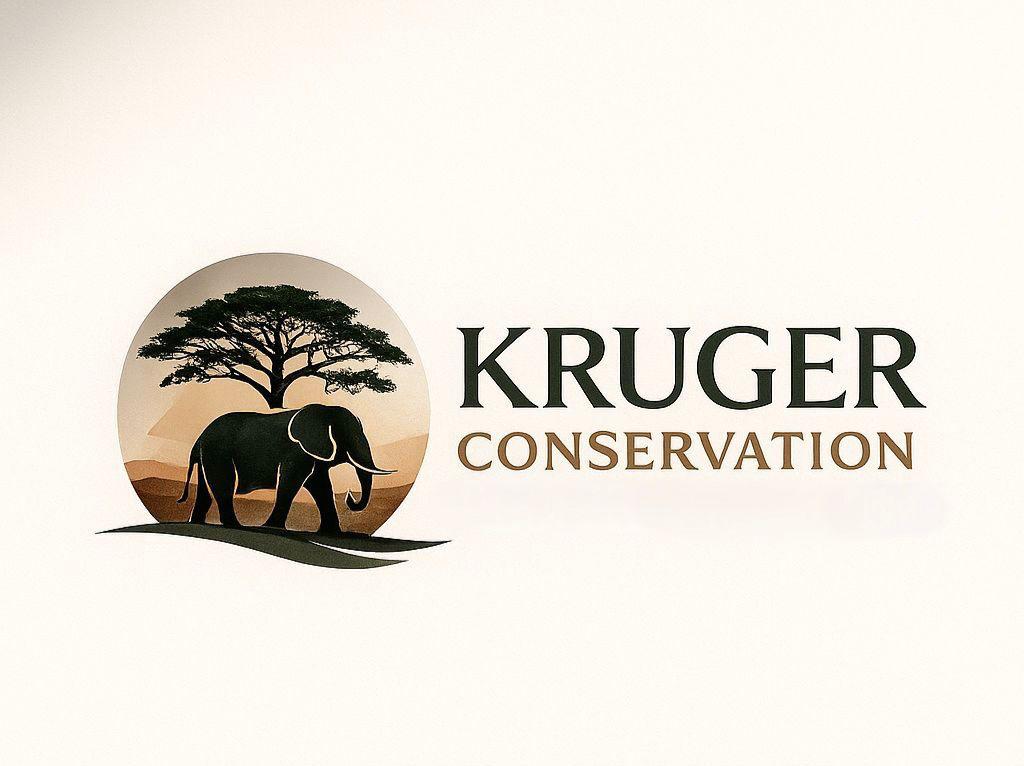Saving the Giants: The Fight to Protect Africa’s Rhinos
- krugerconservation

- Oct 8
- 3 min read
Rhinos are among the most iconic and ancient animals on Earth: symbols of power, resilience, and the wild spirit of Africa. Yet today, these magnificent giants are fighting for survival. Across the continent, their numbers are declining, their habitats shrinking, and their lives threatened by one devastating force: the demand for their horns.

What Makes Rhino Horns So Valuable
A rhino’s horn might look like bone, but it’s made of keratin, the same substance found in human hair and fingernails. Still, this simple biological material is valued more highly than gold, diamonds, or even cocaine on the black market.
A kilogram of rhino horn can fetch over $80,000, driven by myths and misinformation. In some parts of Asia, powdered horn is falsely believed to have healing powers, while in others it has become a luxury status symbol, a way to display wealth and prestige. These false beliefs have fueled an illegal trade that continues to devastate rhino populations across Africa.
The Threat of Poaching
Poaching remains one of the greatest threats to rhino survival. In 2024, at least 420 rhinos were killed for their horns in South Africa, the country that still holds the world’s largest rhino population (Department of Forestry, Fisheries and the Environment, 2025).
This marks a small but significant improvement compared to 499 rhinos killed in 2023, according to official government data (SAnews, 2025). However, the numbers are still alarmingly high. Most of the killings — about 320 — occurred on state-owned land, while 100 took place on private reserves.
In the Kruger National Park, 88 rhinos were killed last year, slightly more than the 78 recorded in 2023 (Tourism Update, 2025).
Even more concerning, in the first three months of 2025 alone, 103 rhinos were poached in South Africa, 65 of them within national parks (AP News, 2025).
Behind every number lies a tragedy. Poachers often use high-caliber rifles and night-vision equipment, sometimes leaving wounded animals to die slowly. Rangers face dangerous, armed confrontations, risking their lives daily to protect these endangered giants.
Rhinos are more than victims, they are ecosystem engineers. Their grazing patterns shape grasslands, helping plants regenerate and providing food and habitat for countless other species. When rhinos disappear, entire ecosystems begin to unravel.
How Conservation Makes a Difference
At Kruger Conservation, we are committed to fighting this crisis from every angle: combining technology, community collaboration, and courage on the ground.
Anti-Poaching Units: Our rangers patrol thousands of hectares every day, using GPS tracking, drones, and thermal imaging to locate and deter poachers.
Dehorning Programs: In high-risk areas like KwaZulu-Natal, selective dehorning (removing horns under safe and humane conditions) has helped reduce poaching dramatically. Between April and September 2024, poaching in the Hluhluwe-iMfolozi Park fell from about 35 incidents per month to fewer than 10 (South African Government, 2025).
GPS Tracking & Monitoring: Each rhino we protect is fitted with a discreet GPS collar or horn implant, allowing us to track their movements in real time. This technology helps our teams respond quickly to unusual patterns or distress signals: for example, when a rhino stops moving for too long. Because rhinos are masters of hiding and prefer the dense African bush, GPS tracking is vital for keeping them safe, studying their behavior, and ensuring that no animal simply “disappears” unnoticed.
attached and customised GPS collar on darted rhino Relocation and Breeding: We relocate vulnerable rhinos to safer zones and support breeding programs to strengthen genetic diversity.
Community Engagement: Lasting conservation must involve people. By partnering with local communities, we provide education and sustainable income alternatives, proving that protecting wildlife benefits everyone.
Technology: From microchipping horns to real-time satellite monitoring, we use cutting-edge tools to track movements, detect threats, and coordinate international protection efforts.
Why Your Support Matters
Conservation is not a battle fought by governments or rangers alone: it’s a collective responsibility. Every donation funds ranger patrols, veterinary care, and educational programs. Every volunteer helps strengthen the network that stands between rhinos and extinction.
Protecting rhinos isn’t just about saving one species: it’s about preserving the delicate balance of nature and defending the soul of Africa’s wilderness.
With only about 16,000 to 18,000 rhinos left in South Africa and around 6,400 black rhinos across the entire continent (AP News, 2025), the time to act is now.
Take action today!
With your support, we can expand our anti-poaching units, rescue injured rhinos, and equip more animals with GPS trackers for better protection.
Whether you give a little or a lot
every contribution makes a real difference.
If we succeed, future generations won’t know rhinos as ghosts of the past, but as living, breathing symbols of hope — grazing freely under the African sun.


Comments